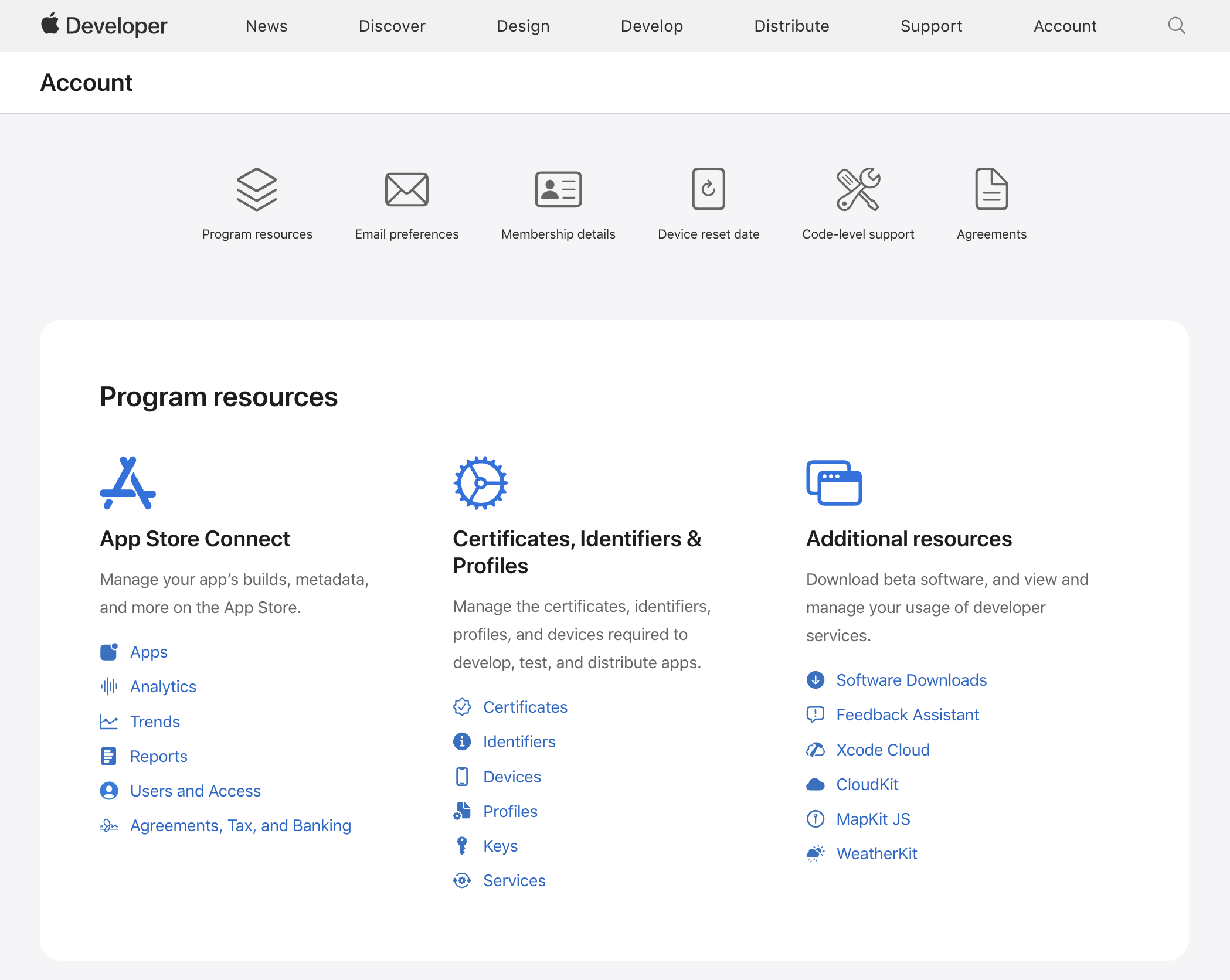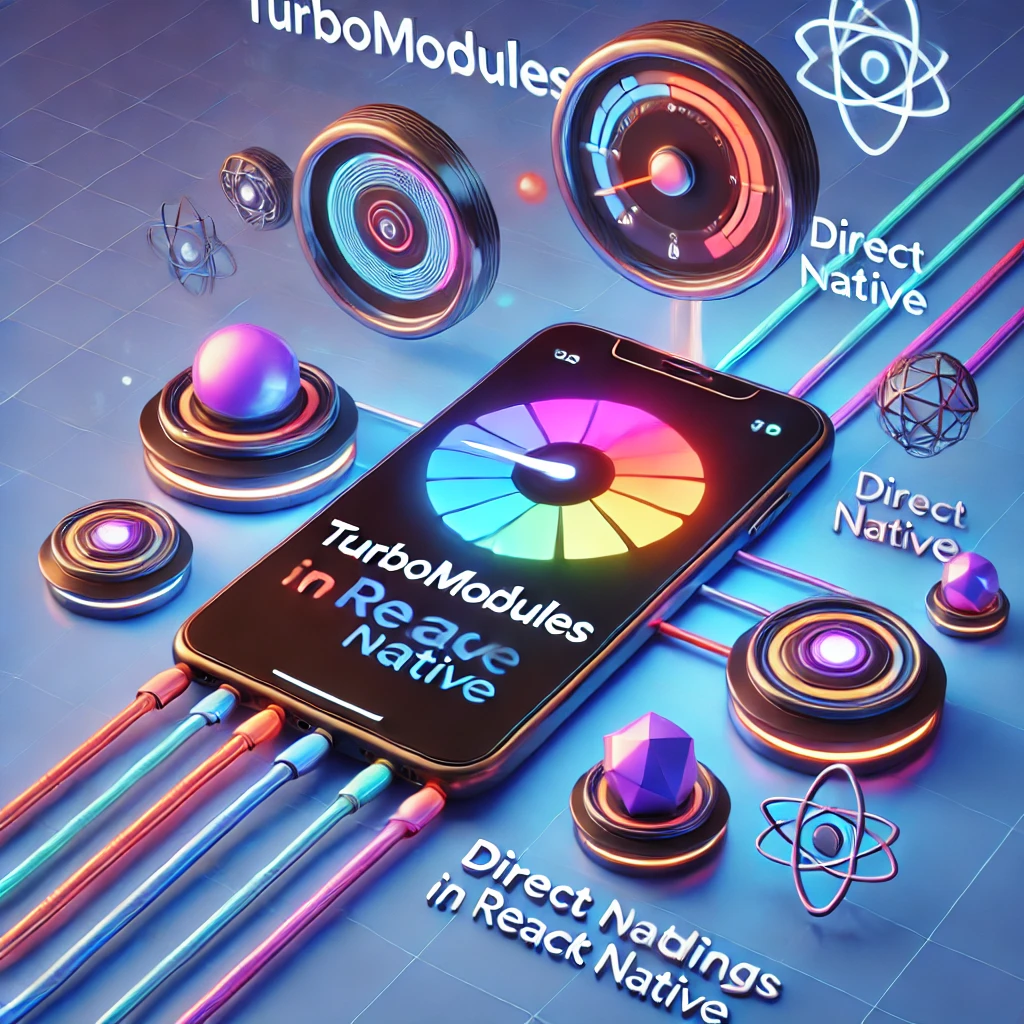Apple Push Notification Service (APNs) is the backbone of real-time alerts for millions of iOS apps. In 2025, Apple will enforce a critical update requiring developers to adopt modern authentication methods for APNs. This change aims to enhance security and reliability. Failure to comply will result in broken push notifications. Here’s how to prepare your app and backend — covering both server and client-side adjustments.
What’s Changing in 2025?
Apple is deprecating legacy certificate-based authentication for APNs, mandating a full transition to token-based authentication (JWT). Additionally, support for the legacy binary protocol will be discontinued, requiring all services to use HTTP/2 APIs. These changes align with Apple’s push toward improved security and scalability.
Why This Matters
– Legacy certificates will expire and become invalid.
– Servers using outdated protocols (binary interface) will lose APNs connectivity.
– Apps relying on unmaintained SDKs or libraries may face unexpected failures.
Step 1: Audit Your Current APNs Setup
Determine if your backend uses:
1. Certificate-Based Authentication: Traditional `.p12` or `.pem` files.
2. Token-Based Authentication: JWT tokens signed with an APNs key.
3. Legacy Binary Protocol: Older servers using non-HTTP/2 APIs.
Tools: Check server code or consult your infrastructure team. Legacy setups often involve `.pem` files and non-HTTP/2 endpoints.
Step 2: Server-Side Changes
A. Migrate to Token-Based Authentication (JWT)
Token-based authentication is more secure and scalable. Here’s how to switch:
1. Generate an APNs Key:
— Navigate to [Apple Developer Portal → Certificates → Keys → Create New APNs Key](https://developer.apple.com).
— Download the `.p8` file and note the Key ID and Team ID.
2. Update Your Server Code:
Use the `.p8` key to generate JWT tokens. Example in Node.js:
javascript
const jwt = require(‘jsonwebtoken’);
const token = jwt.sign({ iss: ‘TEAM_ID’, iat: Math.floor(Date.now() / 1000) }, privateKey, {
algorithm: ‘ES256’,
header: { kid: ‘KEY_ID’ }
});
3. Use HTTP/2 Endpoints:
Replace legacy endpoints with Apple’s HTTP/2 API:
— Production: `https://api.push.apple.com/3/device/{token}`
— Sandbox: `https://api.sandbox.push.apple.com/3/device/{token}`
B. Phase Out Certificate-Based Authentication
If migrating entirely to JWT isn’t feasible yet:
– Generate new certificates before 2025 and ensure your server can handle both methods temporarily.
Step 3: App-Side Checks
While most changes are server-side, app updates may be required in specific cases:
- Device Token Handling:
— Ensure your app correctly captures device tokens. iOS 13+ uses `Data` tokens (64-bit), not `NSString`. Verify your conversion logic:
swift
func application(_ application: UIApplication, didRegisterForRemoteNotificationsWithDeviceToken deviceToken: Data) {
let token = deviceToken.map { String(format: “%02.2hhx”, $0) }.joined()
}
2. Notification Entitlements:
Confirm your app’s entitlements (e.g., `aps-environment`) are correctly set in Xcode.
3. Background Modes:
For VoIP, Location, or Critical Alerts, ensure permissions are declared in `Info.plist`.
Step 4: Test Thoroughly
1. Sandbox Testing: Use Apple’s sandbox APNs environment to validate notifications.
2. Monitor Logs: Check for `403 InvalidProviderToken` or `400 BadDeviceToken` errors.
3. Third-Party Services: If using Firebase or AWS SNS, confirm their compliance with Apple’s 2025 requirements.
Step 5: Deployment Timeline
– Q3 2024: Begin migrating to token-based authentication.
– Q1 2025: Finalize testing and phase out legacy certificates.
– Mid-2025: Monitor Apple’s announcements for final deadlines.
Troubleshooting Common Issues
– Invalid Provider Token: Verify the JWT’s `Key ID`, `Team ID`, and expiration (tokens expire after 1 hour).
– Device Token Not for Topic: Ensure the bundle ID matches the app and certificate.
– HTTP/2 Errors: Update server libraries (e.g., `http2` module in Node.js) and check TLS 1.2+ compliance.
FAQs
Q: Do I need to submit an app update to the App Store?
A: Only if your app mishandles device tokens (e.g., using outdated conversion methods). Most changes are server-side.
Q: Can I use both certificate and token authentication during transition?
A: Yes, but Apple will eventually enforce token-only authentication.
Q: Will Firebase Cloud Messaging (FCM) be affected?
A: FCM relies on Apple’s APNs, so ensure Firebase projects use updated credentials.
Conclusion
Apple’s 2025 APNs update is a server-centric change, but apps with outdated token handling must adapt. By migrating to token-based authentication, adopting HTTP/2 APIs, and validating device tokens correctly, you’ll ensure uninterrupted push notifications. Start auditing your setup today to avoid a last-minute scramble.
Resources:
– [Apple’s APNs Documentation](https://developer.apple.com/documentation/usernotifications)
– [WWDC 2023: What’s New in APNs](https://developer.apple.com/videos/play/wwdc2023/10156/)
Originally published on Medium. Follow me for more iOS development insights! 🚀






Leave a Reply